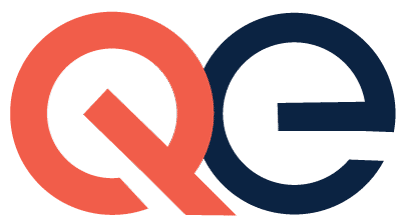This post is the third of four that will go into more detail about the essential elements of customized employment.
After the discovery document has been created, it's time to schedule a planning meeting. A planning meeting helps ensure that the customized employment process is person-centered.
The meeting is co-planned by both the job seeker with a disability and the person who created the discovery report. The meeting should happen relatively soon after discovery is completed to keep the momentum going.
Who Should Attend the Planning Meeting?
The following people need to attend the planning meeting:
- The job seeker
- Their supporters - whether friends or family
- The person who conducted discovery and created the report
- The person who will be liaising with employers
A good guideline is to have as many unpaid participants as there are paid CE professionals.
What Are the Goals of the Planning Meeting?
Meeting attendees are given a copy of the discovery report that has been approved by the job seeker. At the meeting, a recap of the discovery document is shared, along with a discussion of the job seeker’s positive traits. The meeting team can take this time to clarify the value the job seeker can bring to a company.
Together, the team creates a list of tasks that can then be offered to potential employers. In addition, the group discusses specific employers who may have needs that align with the task list. Employers up for consideration must be open to creating a position that meets their needs, but also be flexible enough to design a position that plays to the job seeker’s strengths.
Here are some tips for success when creating a customized employment plan:
- Think outside the box. If - for instance - a client is interested in cars, there are many different car-related career paths.
- Use themes - rather than discrete tasks - to avoid road blocks when researching potential jobs.
- Get informed. Avoid letting your limited knowledge about a field influence your recommendations.
- Remember that just because a job seeker can't articulate what they want, it doesn't mean they don't know.
- Keep an open mind and open eyes. Steer clear of assumptions about what a client can and can't do.
More about this resource:
The Workforce Innovation Technical Assistance Center (WINTAC) and the Youth Technical Assistance Center (Y-TAC) are national technical assistance centers funded by the Department of Education’s Rehabilitation Services Administration (RSA) to provide technical assistance and training to state vocational rehabilitation agencies and their partners. The WINTAC and Y-TAC entered into a partnership with Griffin-Hammis Associates, TransCen, Inc., Marc Gold & Associates, and Virginia Commonwealth University to develop a document to identify the essential elements of customized employment (CE) as a guide for the universal application of these elements across service delivery and training providers.
This effort began in response to attempts by VR agencies and other core partners in the workforce development system to effectively achieve competitive integrated employment for individuals with barriers to employment, especially individuals with significant disabilities, as stressed throughout the Workforce Innovation and Opportunity Act (WIOA) and the Rehabilitation Act as amended. Representatives from the Department of Labor’s Office on Disability Employment Policy (ODEP) and RSA have reviewed and approved the content of this Essential Elements document.

